| My bees were bearding this afternoon. Bearding can resemble the look of a swarm that's in its early stages, but it's something entirely different. It happens when a group of bees cover a portion of the outside of the hive box. It can occur on hot days and/or when the hive is very full and the heat generated from all the bees might threaten the health of the hive, so some of the workers hang out outside to try to cool things down. IF it's a sign that the hive is too overcrowded, then something needs to be done. Often, it's just a way the bees cool the hive down. I wasn't sure what was going on with my bees. It wasn't a notably hot day, and the sun was behind clouds much of the day, so I opened up the top for an inspection and to cool things down for them. I knew from yesterday's short inspection, the hive is very full. Today, I saw even more bees. The underneath of the top lid was covered in bees. The second lid that has a hole in the center was covered with bees and the underside of that lid was also full of bees. On top of the edges of the frames the bees were packed more than I've ever seen them. I figured I needed to add another box very quickly to give the bees more room, so I tried finding someone local to help me. |
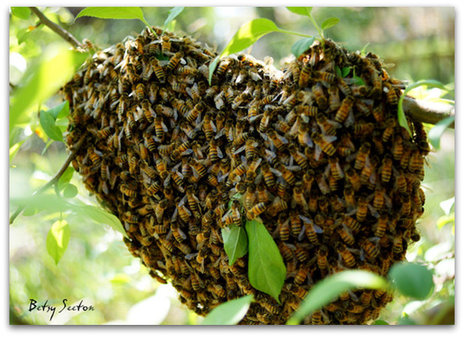
This is what a swarm looks like as it's growing. All these worker bees are surrounding the queen and they'll soon find a new home and will all fly there together.
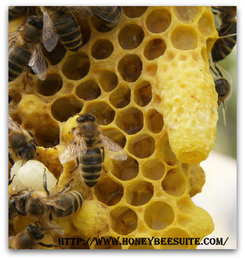 a queen cell
a queen cell The person who called me today, responding to my email inquiry about what to do, told me to look for 'queen cells' and if I found them, it would mean my hive was preparing to swarm, even this late in the year. For those who don't know what that would mean, it's not good news. It would mean a new queen is going to be picked and a large group of my bees would take her and leave me to start their own hive. Some would stay behind with the old queen, but I could lose a lot of my hive. I would miss them so much if that happened!
I proceeded to do an inspection of a couple of the frames on the bottom box. It was quite different than the top box inspections. It was so fun to see what had been going on here. It had remained a mystery to me.
My bees were 'bearding' again today. I took their insulated top off for a couple of hours to help them cool down and kept a close eye to make sure no wasps were making trouble for them. Without the top on, there's an oblong hole about six inches by 3 inches wide that helps cooler air reach the hive. (If you don't know what bearding is, please check out yesterday's blog http://www.foralltheanimals.com/for-all-the-bees)
When I went to cover the hive back up, only a small section of bees remained on the outside of the hive box. I took my hand and gently scooped from the bottom of their huddled mass right through them and could feel their vibration. I managed to scoop up about twenty of them into my hand and they covered a couple of my fingers. I can't quite describe the softness and gentleness that I felt. Eventually, they flew off of me one by one. I didn't have my camera the first time, but the next day I experienced it again.
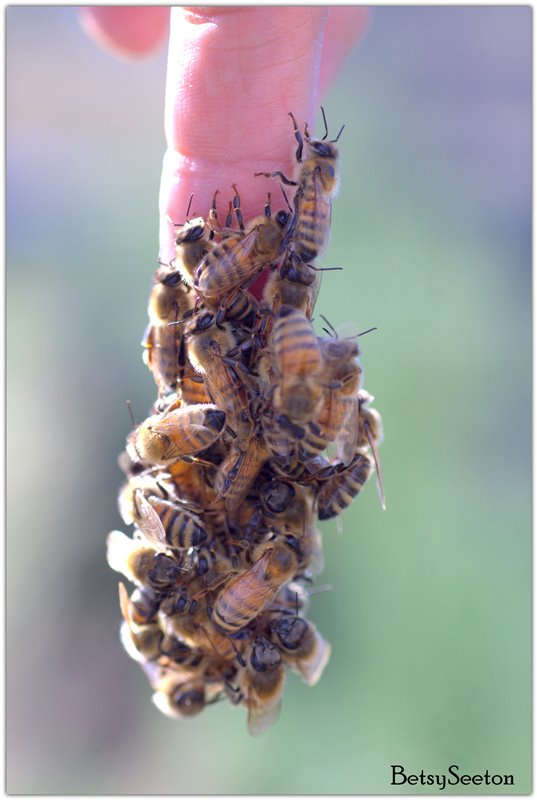
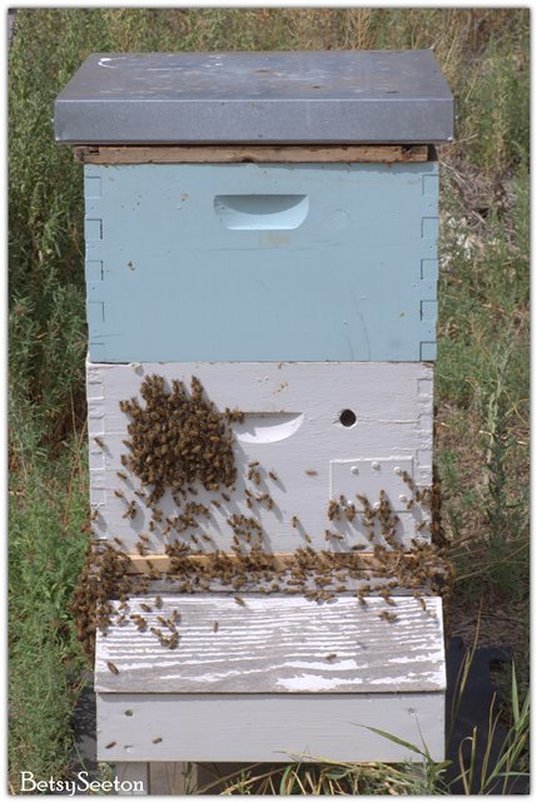
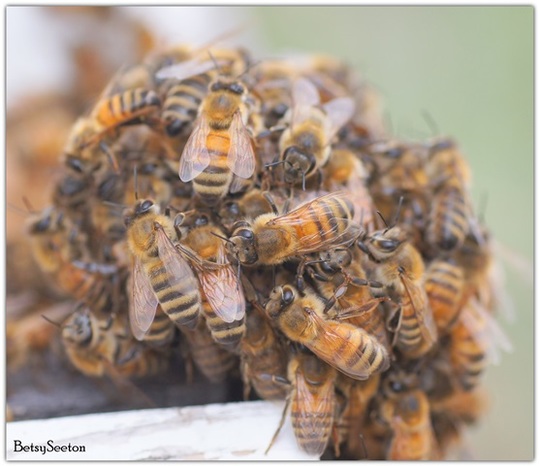
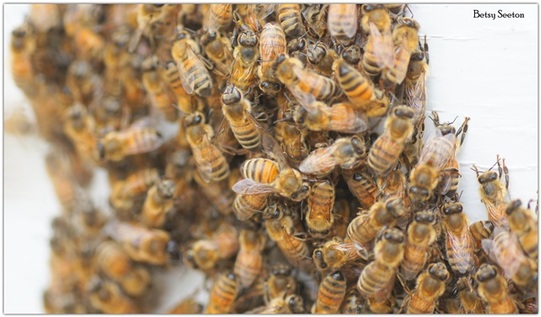
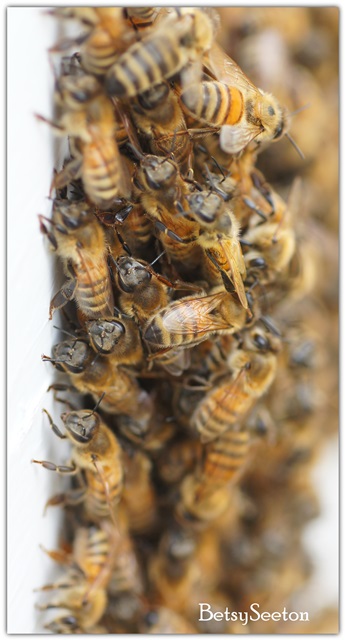
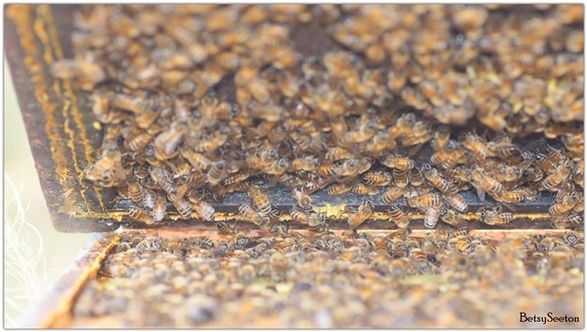
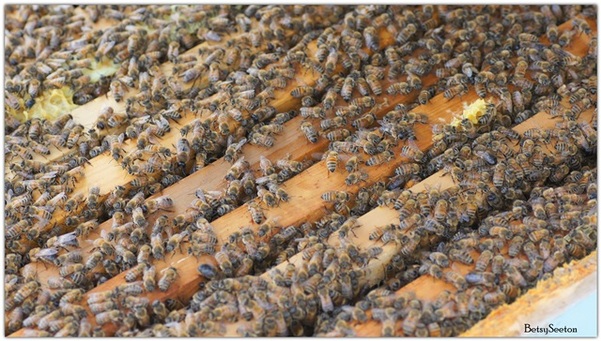
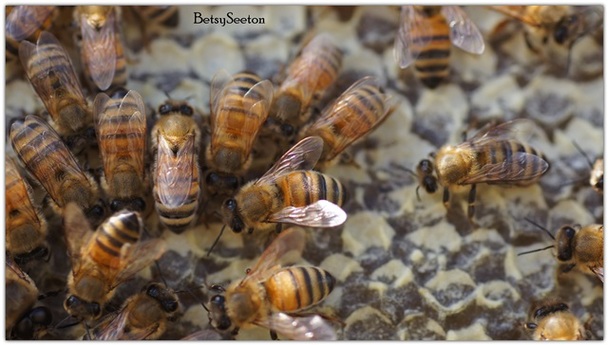
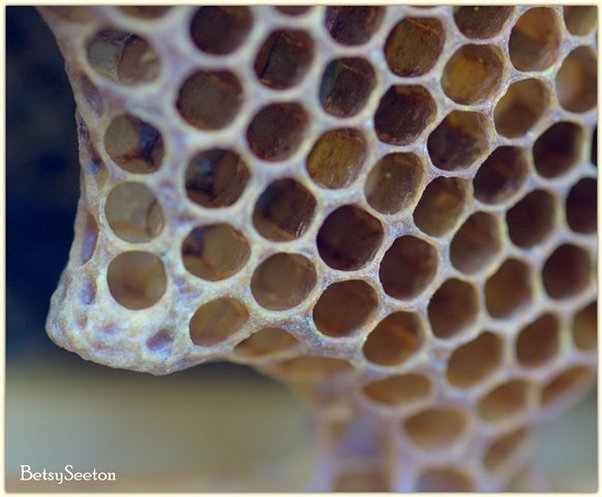
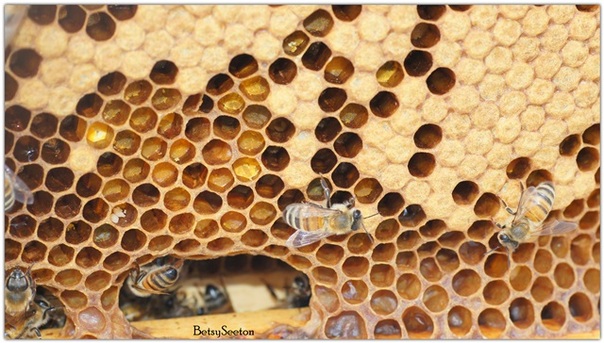
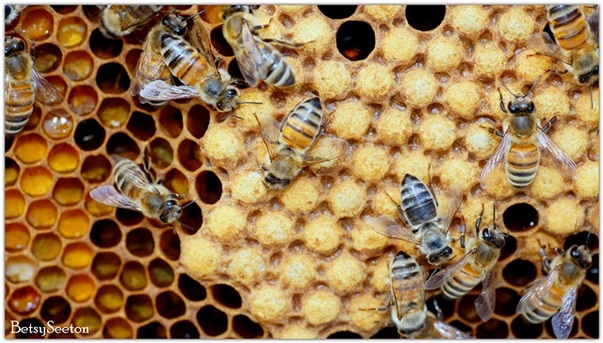
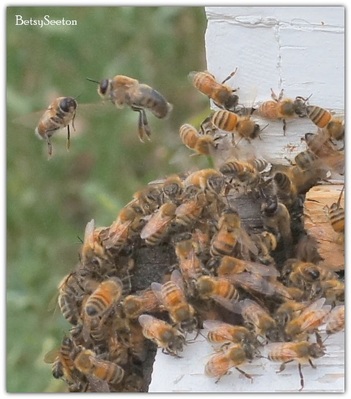
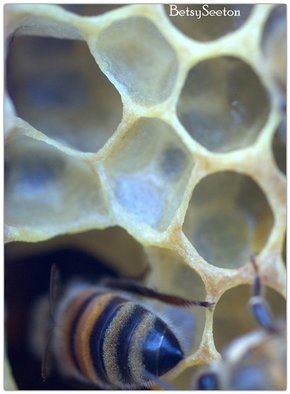
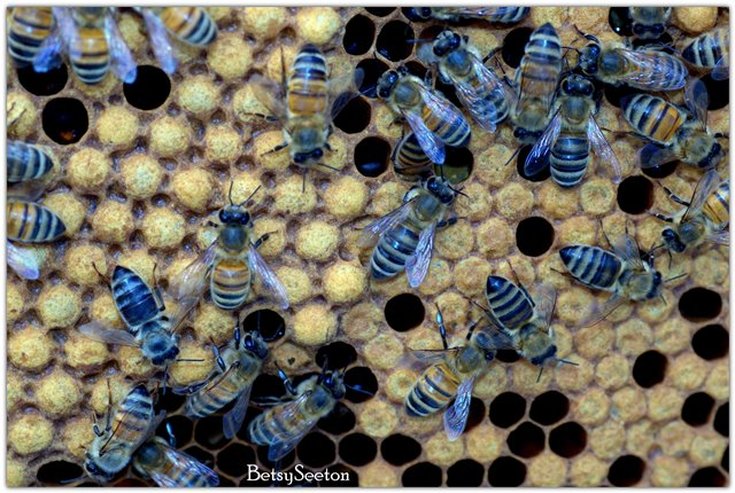
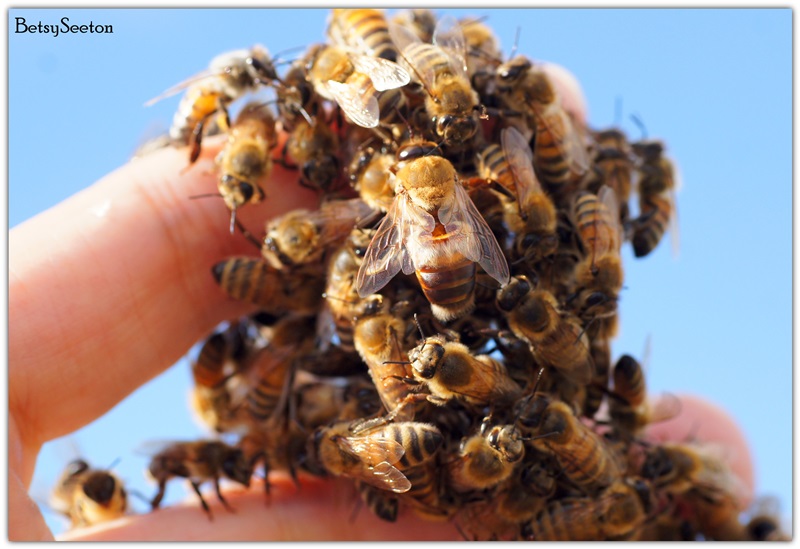
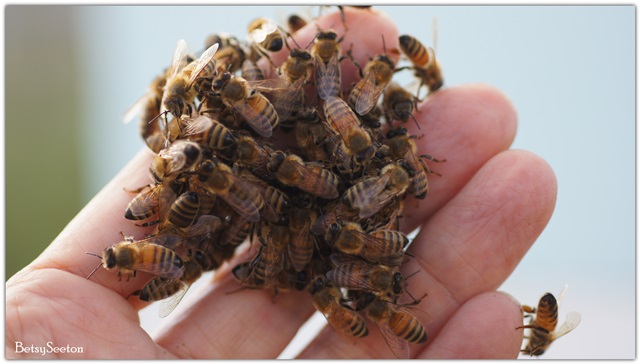
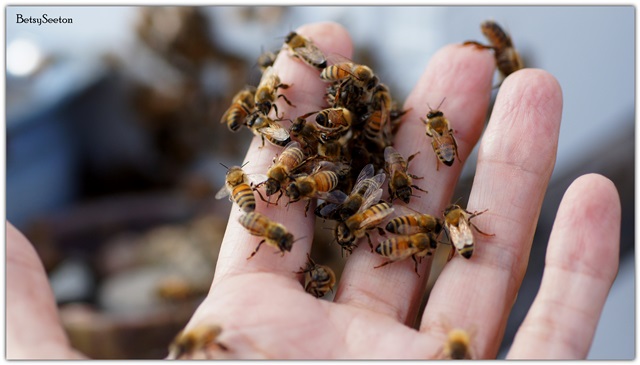
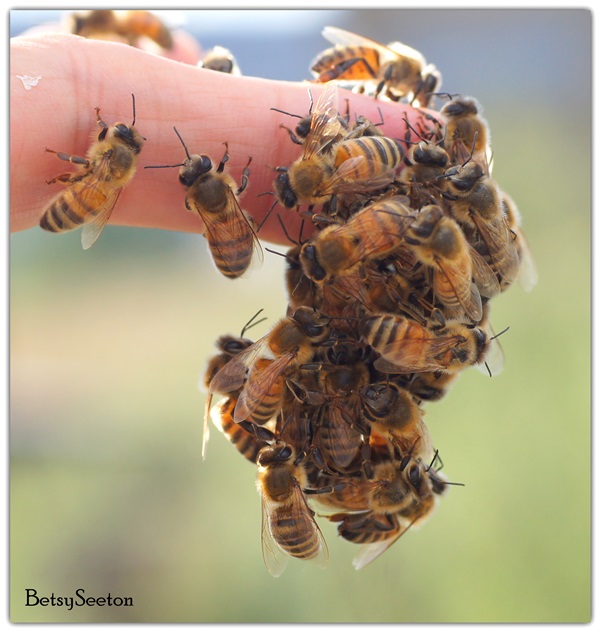
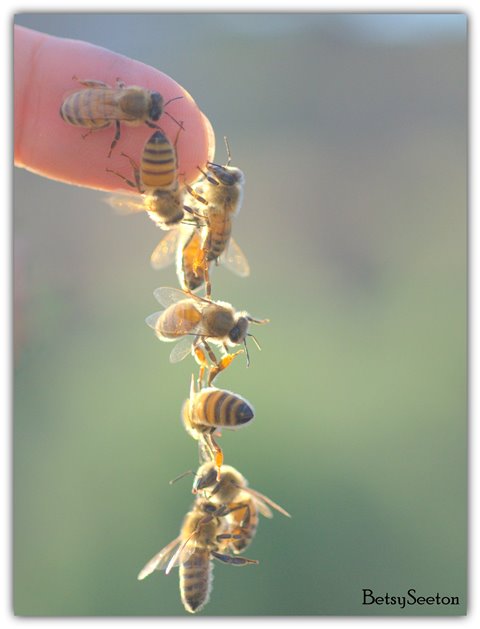
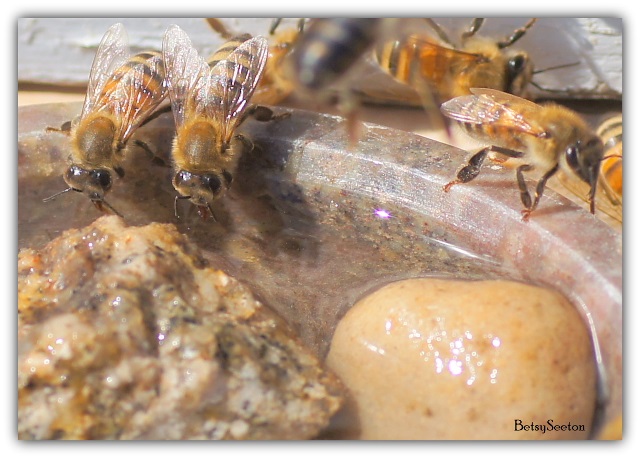
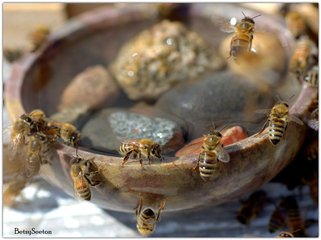
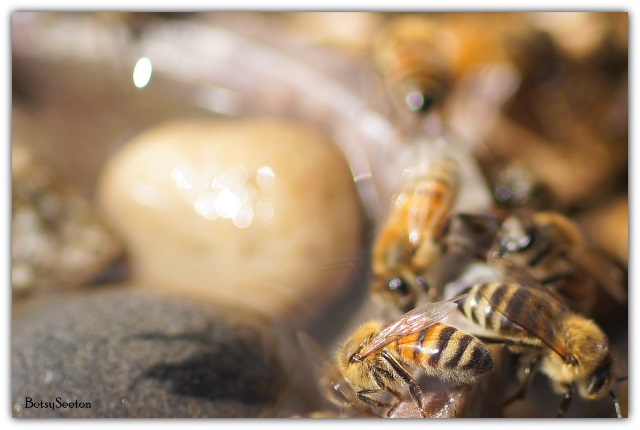
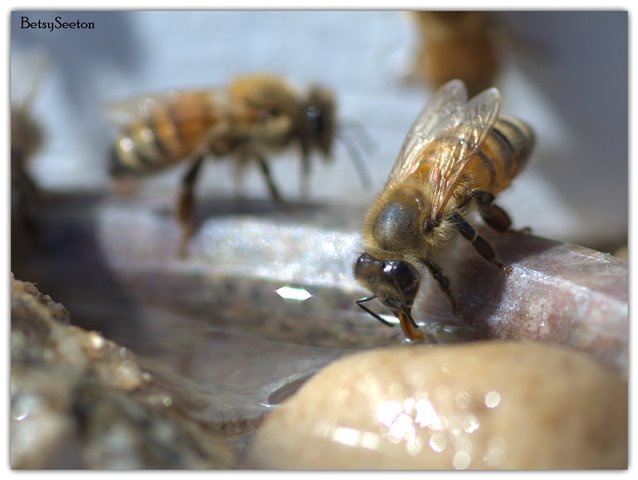
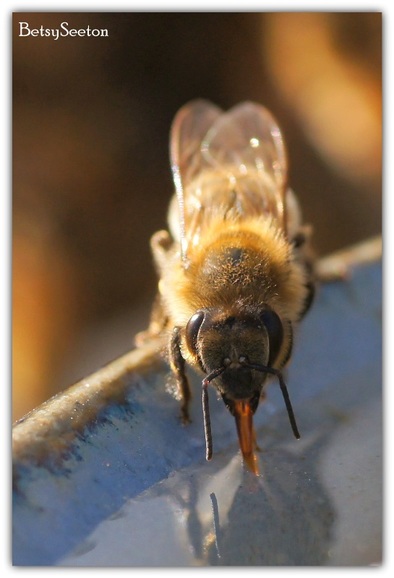
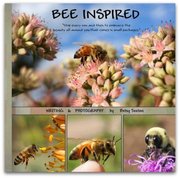
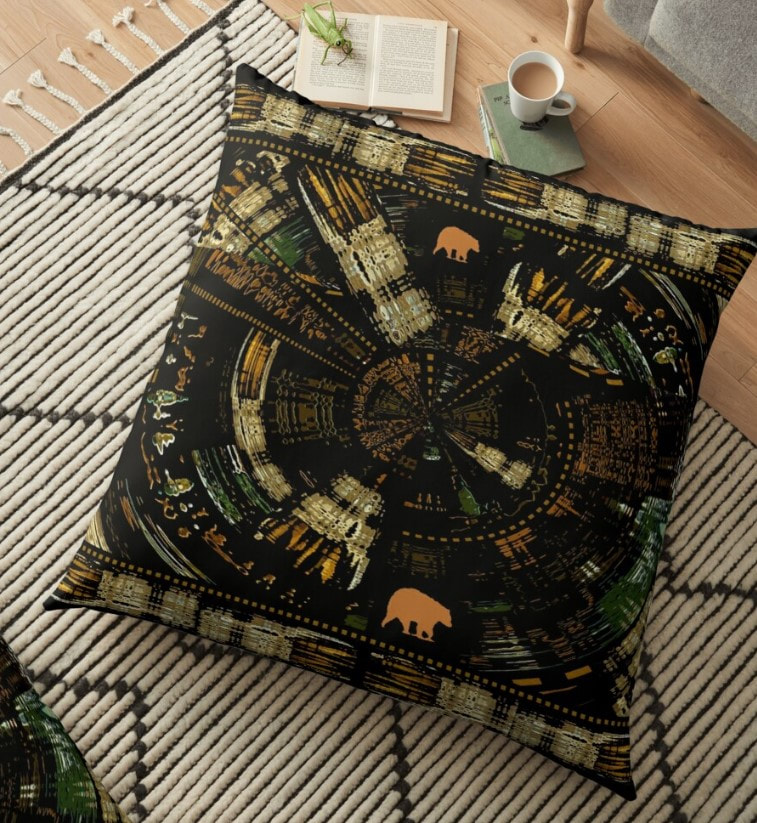
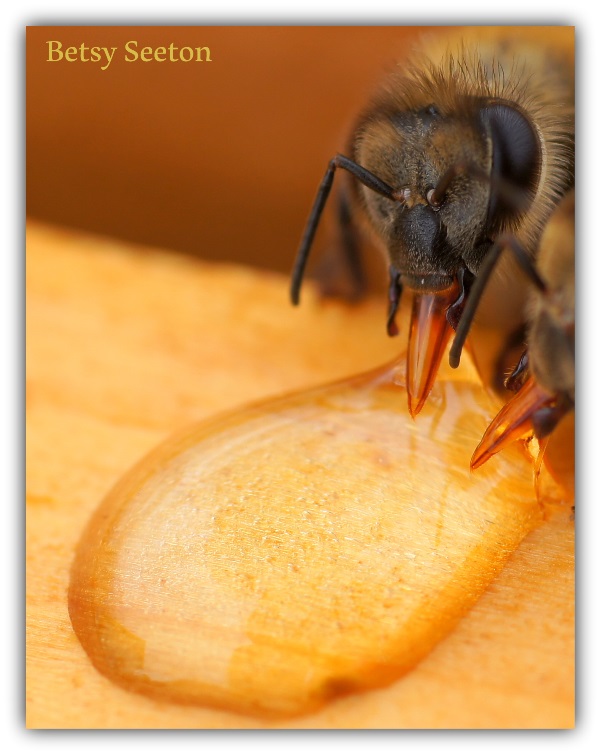
 RSS Feed
RSS Feed
